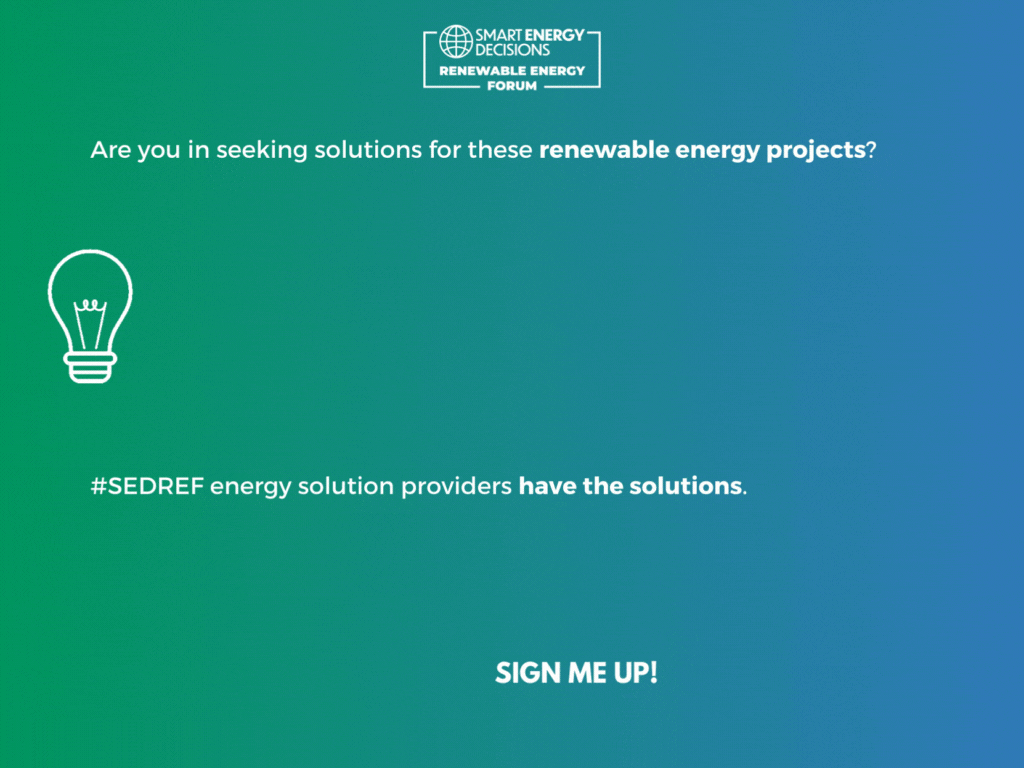Energy Efficiency, GHG Emissions, Industrial, Industrial, Wind - August 9, 2016
Ford slashes energy use with new production line
Photo courtesy of Ford Motor Co., featuring LED lighting at its Dagenham Diesel Centre.
Ford Motor Co. has rolled out a new production line for its Ford EcoBlue diesel engine that is expected to cut energy use by 50%.
Deployed at its Dagenham Diesel Centre in the U.K., which is Ford's largest diesel engine production facility worldwide, the new production line will also reduce water used in making the EcoBlue engine by the same amount, the company said in a news release Aug. 4.
According to Ford, the annual savings could fill seven Olympic-size swimming pools and power 350,000 homes for a week. Additionally, .
Globally, Ford is targeting a 30% greenhouse gas reduction per vehicle between 2010 and 2025; this milestone helps it plug away at that goal.
The reduction in the volume of coolant pumped around the facility helps to significantly reduce energy usage. Three smaller coolant systems require around 70% less energy, and contribute to reducing energy use per engine from 188 kWh in 2011 to 92 kWh in 2016.
A new LED lighting installation meets the latest Ford standards and will further help reduce energy consumption by almost 750,000 kWh per year.
"Ever since Henry Ford first introduced the moving assembly line Ford has been at the forefront of manufacturing innovation, and our new Dagenham, U.K., facility is no exception,” Linda Cash, vice president of manufacturing at Ford of Europe said in a statement. "Ford is using the latest technologies to ensure our all-new EcoBlue diesel engine production meets the highest standards for sustainability and makes a significant contribution to our global environmental targets.”
Further energy and resource-saving initiatives at Ford’s Dagenham Diesel Centre include:
- Zero waste sent to landfill through innovations such as recovering oil and forming reusable metallic briquettes from grinding sludge;
- New cold testing technology that allows completed engines to be tested without being started, saving 50,000 litres of diesel per year;
- Advanced tooling, including computerised milling machines capable of reducing rejection rates for some components to almost 0%; and
- Three wind turbines that provide enough clean energy to power the final assembly building.
Ford said the new 2.0-litre Ford EcoBlue diesel engine debuts in the new Ford Transit and Transit Custom commercial vehicles, delivering an unrivalled package of fuel efficiency, performance and refinement. The engine’s clean-sheet design features friction-reducing innovations that contribute to a 13% improvement in fuel efficiency, according to the company.
Read These Related Articles:
- Ford Launches European Ultra-Fast Charging
- BMW, Ford and Honda Create EV Grid Co
- Ford Opens Cologne EV Center
- Ford Reports Emissions Reductions Across All Scopes
- Ford to Build 500,000 EV Trucks Annually at New Mega-Campus
Share this valuable information with your colleagues using the buttons below:
« Back to NewsStay Up-To-Date












